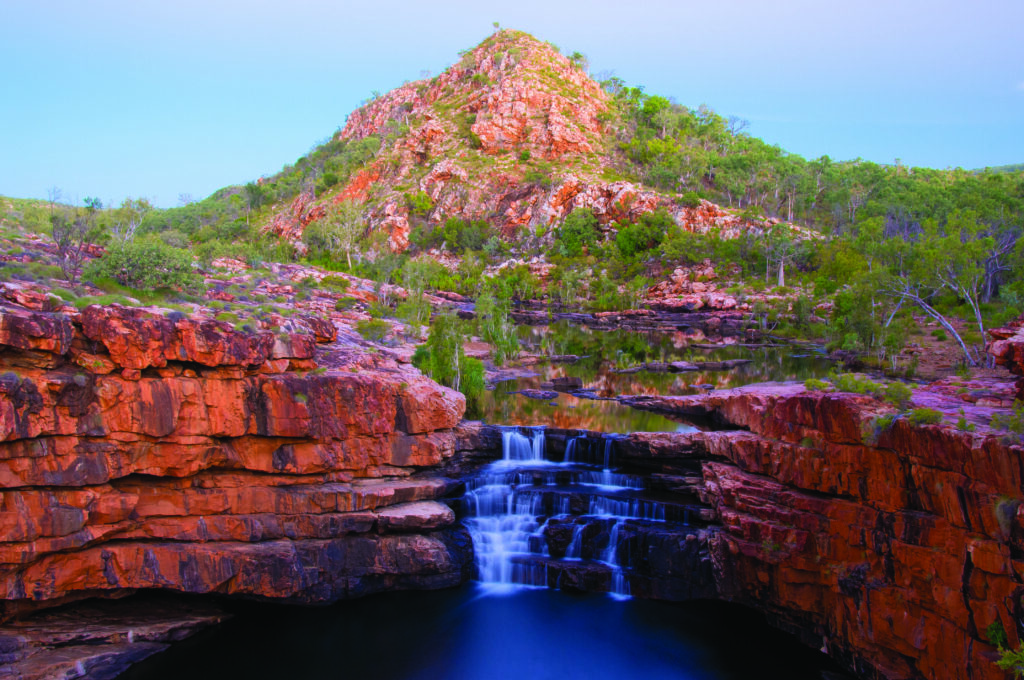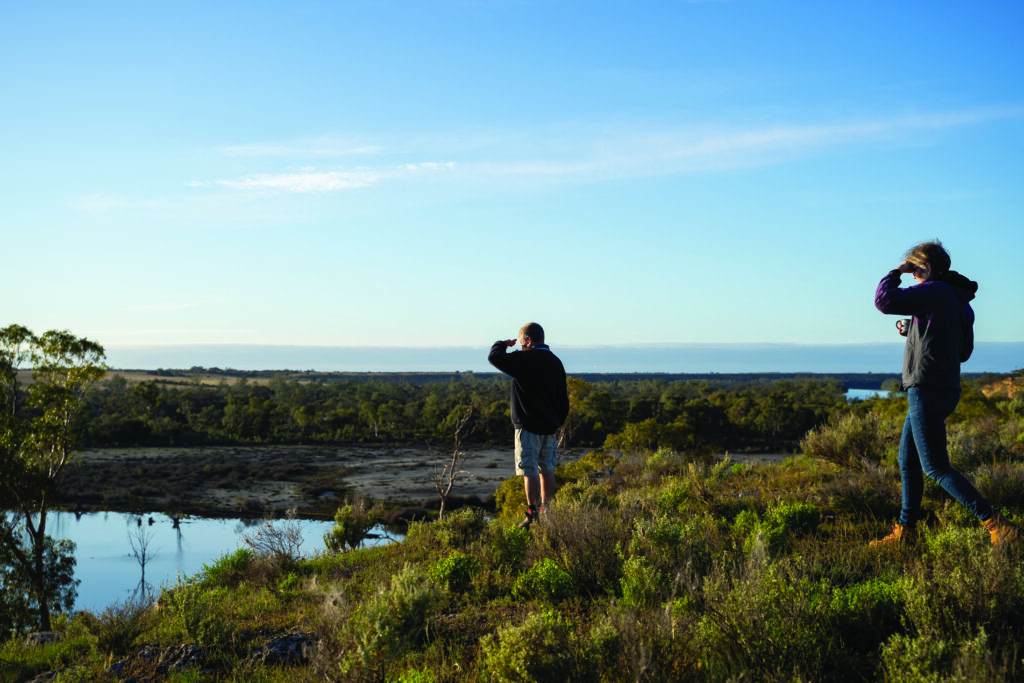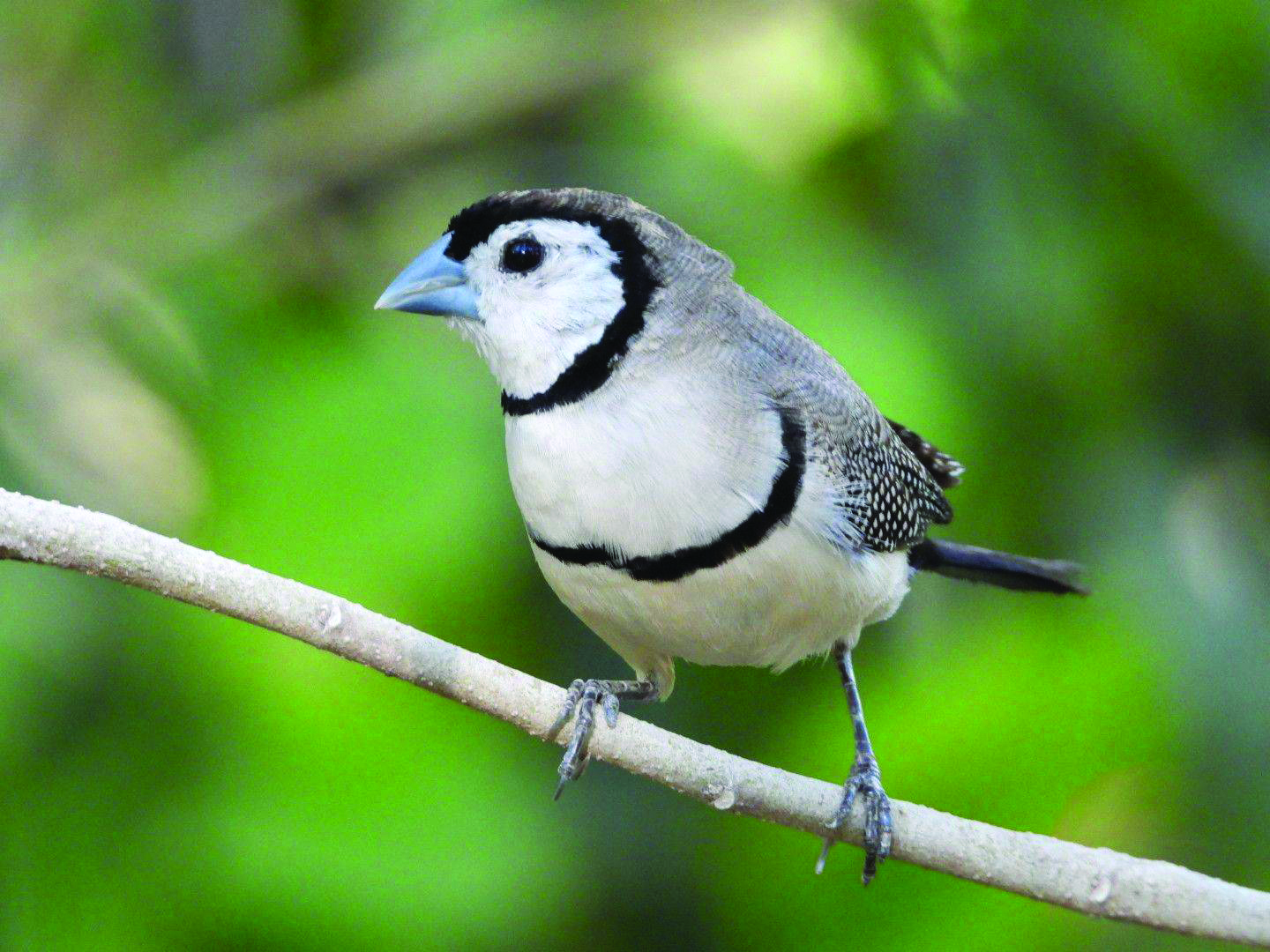
Protecting Australia’s Nature
Pathways to protecting at least 30 per cent of Australia by 2030
Australia is the only nation to span a continent and is home to a diversity of unique species and stunning landscapes. Billions of dollars in economic activity and many thousands of jobs depend on our natural environment. However, Australia is facing one of the highest species extinction rates in the world and the state of our environment remains on a consistent downward trend.
As part of efforts to meet this challenge, Australia has signed the Kunming-Montreal Global Biodiversity Framework, and committed to action on Target 3 by protecting at least 30 per cent of our lands and oceans by 2030 (known as the 30×30 commitment). Australia is making progress towards this target, with approximately 22 per cent of land already protected, and bipartisan political support across federal, state and territory jurisdictions for a coordinated national approach.
A clear pathway is required to protect at least an additional 60 million hectares of land – to meet Australia’s target under the Global Biodiversity Framework – in a way that represents the diversity of habitats and species across Australia.
Pathways to Protection Report
This report focuses on a robust science-based framework that will deliver a comprehensive, adequate and representative network of protected areas on land which will protect the full range of Australia’s landscapes.
Our National Reserve System
Australia’s National Reserve System is the centrepiece of nationally coordinated efforts to conserve our unique and globally significant biodiversity. This is achieved through a network of national parks, nature reserves, marine reserves, Indigenous protected areas and privately protected areas.


Indigenous Protected Areas
The Indigenous Protected Areas program is one of the most successful collaborative conservation efforts in Australia. Indigenous communities manage and protect their traditional homelands, maintaining cultural practices and increasing and improving land management.
Protected Areas on Private land
Australia has one of the largest networks of privately protected areas in the world, both in terms of number (more than 6,000) and area (over 10,000,000 hectares). This network comprises conservation covenants and land owned by non-government land conservancies.


Transitioning Public land
There are various types of Crown land in Australia that could be considered for conversion into protected areas, providing a cost-effective opportunity without the cost of acquisition to obtain protection outcomes, particularly in critical areas for biodiversity and areas that provide significant ecosystem services (e.g. carbon and water).

To achieve 30×30 in Australia, we must revitalise a collaborative and cooperative approach to building our protected area network.
A dedicated conservation land purchase fund
A new dedicated $5 billion fund for the purchase of land of high biodiversity importance to create new public, private or Indigenous protected areas.
Continue investment in Indigenous Protected Areas
Continued support for the creation of new Indigenous Protected Areas, along with secure long-term funding for management.
Expand permanent private land conservation
Support for conservation covenant programs and a review of tax and financial incentives and barriers to private land conservation.
Transition public land into conservation tenures
A review of Crown land to identify areas of high conservation significance and subsequent protected area opportunities.


